Safety Regulations
Stringent safety regulations imposed by various authorities are significantly influencing the Road Marking Paint and Coating Market. Governments are increasingly recognizing the importance of road safety, leading to the implementation of regulations that mandate the use of specific types of road marking materials. These regulations often focus on the visibility and durability of road markings, which are essential for reducing accidents and enhancing overall traffic safety. As a result, manufacturers are compelled to innovate and produce high-performance road marking paints that comply with these standards. The market is expected to witness a steady increase in demand for compliant products, as adherence to safety regulations becomes a priority for road authorities and contractors alike.
Urbanization Trends
Rapid urbanization is a significant factor driving the Road Marking Paint and Coating Market. As cities expand and populations grow, the need for efficient transportation systems becomes increasingly critical. This urban growth necessitates the development of new road networks and the maintenance of existing ones, leading to heightened demand for road marking paints and coatings. Urban areas require clear and effective road markings to manage traffic flow and ensure pedestrian safety. Consequently, the market is likely to experience sustained growth as urban planners and local governments prioritize road safety and infrastructure development in their agendas.
Environmental Concerns
Growing environmental awareness is prompting a shift towards eco-friendly products in the Road Marking Paint and Coating Market. Manufacturers are increasingly focusing on developing water-based and low-VOC (volatile organic compounds) road marking paints that minimize environmental impact. This trend aligns with global sustainability initiatives aimed at reducing pollution and promoting greener practices in construction and maintenance. As regulations surrounding environmental standards become more stringent, the demand for sustainable road marking solutions is expected to rise. This shift not only caters to regulatory compliance but also appeals to environmentally conscious consumers and organizations, thereby expanding the market for eco-friendly road marking paints.
Technological Innovations
Technological advancements in the formulation and application of road marking paints are reshaping the Road Marking Paint and Coating Market. Innovations such as the development of thermoplastic materials and advanced reflective coatings are enhancing the performance and longevity of road markings. These technologies not only improve visibility under various weather conditions but also extend the lifespan of the markings, reducing the need for frequent maintenance. The introduction of automated application techniques is also streamlining the marking process, leading to increased efficiency and reduced labor costs. As these technologies continue to evolve, they are likely to drive further growth in the market, as stakeholders seek to adopt the latest solutions for road marking.
Infrastructure Development
The ongoing expansion and modernization of infrastructure is a primary driver for the Road Marking Paint and Coating Market. Governments and private entities are investing heavily in road construction and maintenance, which necessitates the use of high-quality road marking materials. In recent years, the demand for durable and visible road markings has surged, as they play a crucial role in ensuring road safety and traffic management. According to industry reports, the road marking paint market is projected to grow at a compound annual growth rate of approximately 5% over the next few years, driven by infrastructure projects worldwide. This trend indicates a robust market for road marking paints and coatings, as they are essential for delineating lanes, pedestrian crossings, and other critical road features.


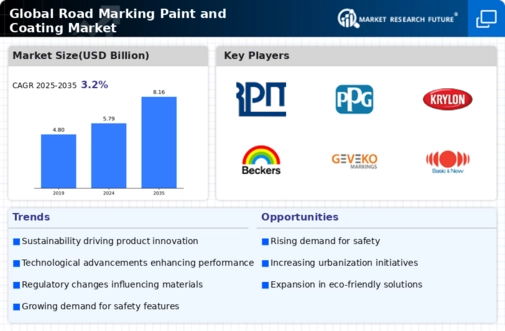

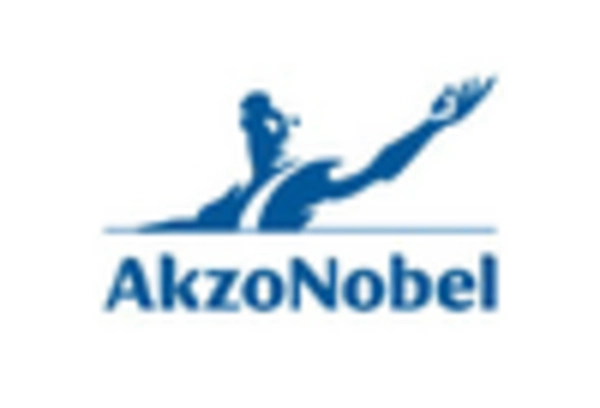
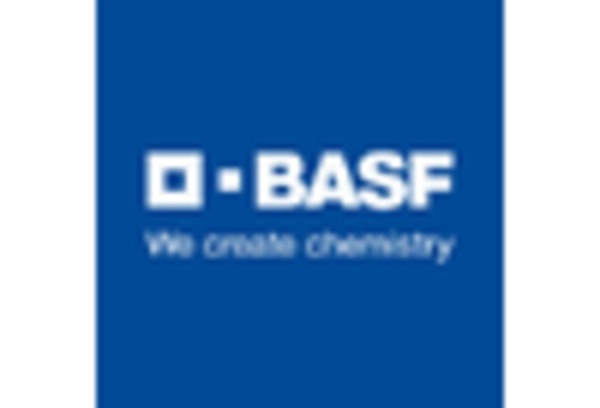
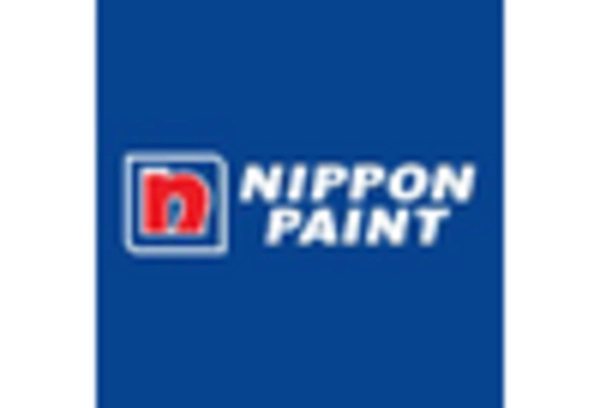
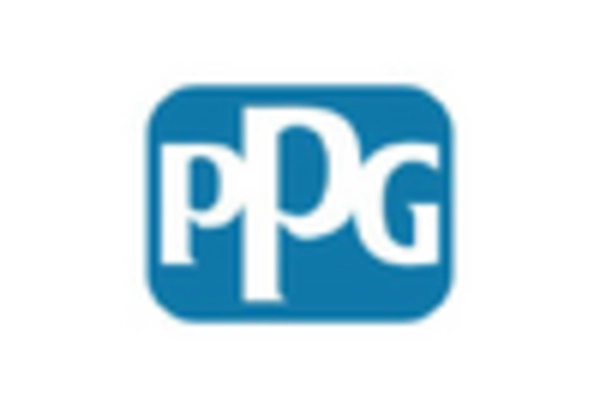
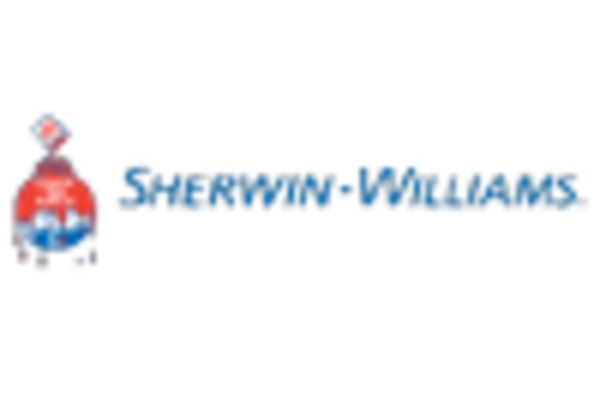








Leave a Comment